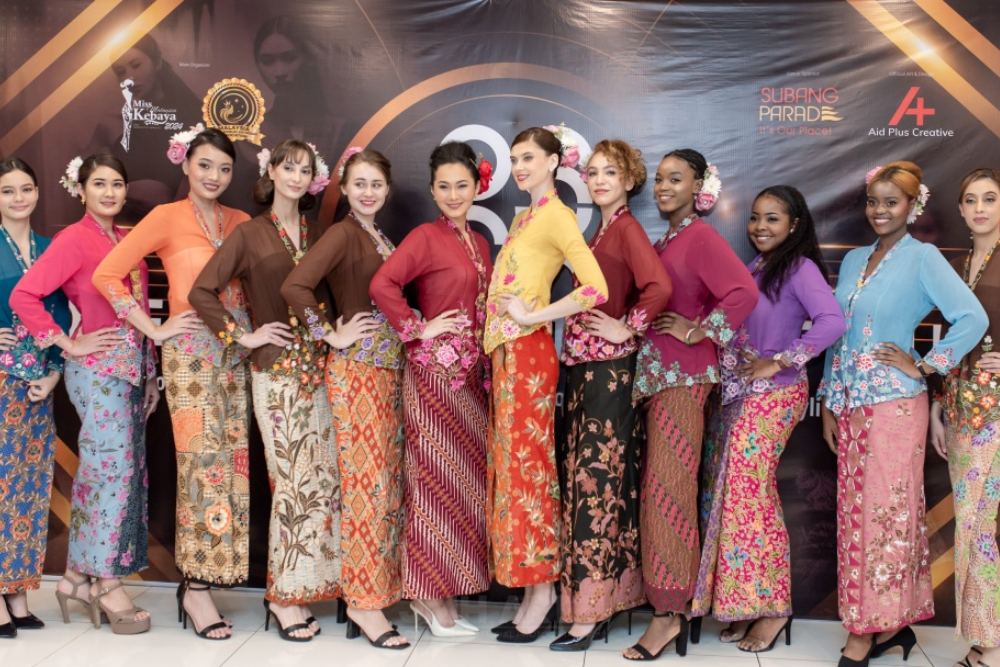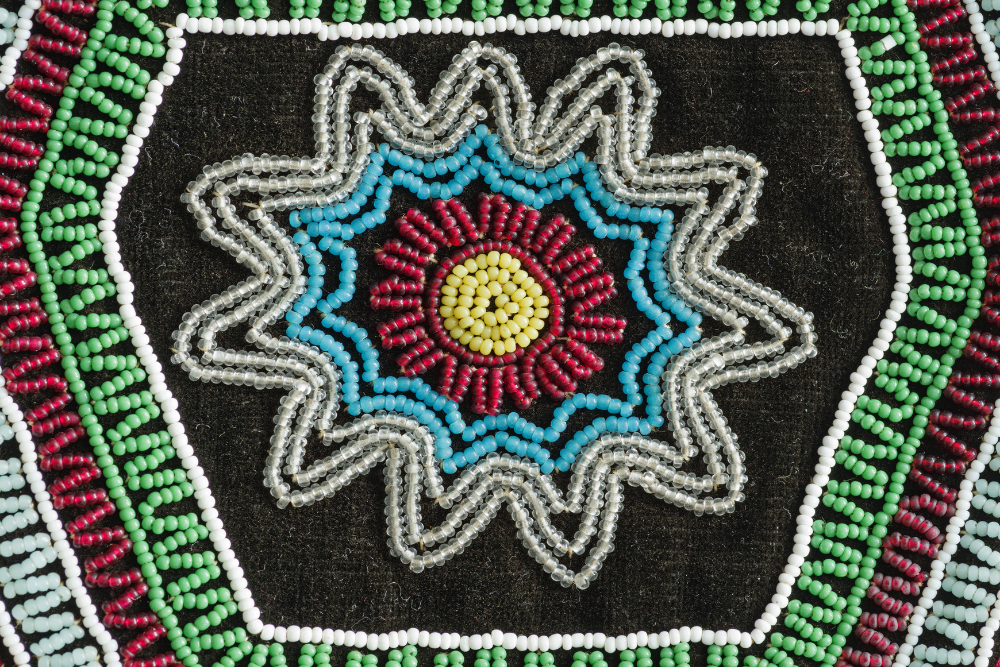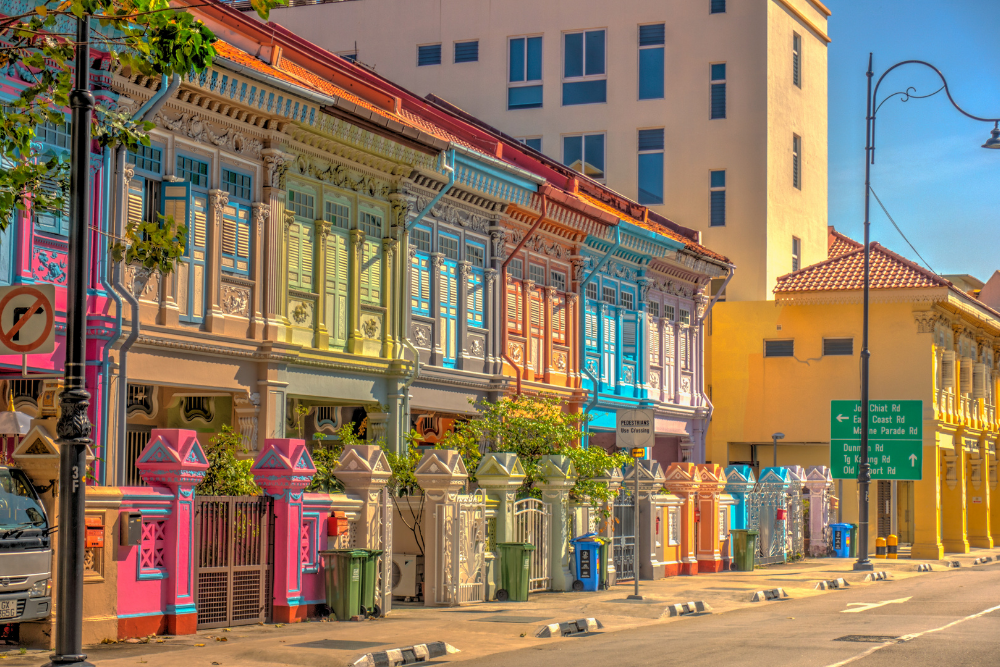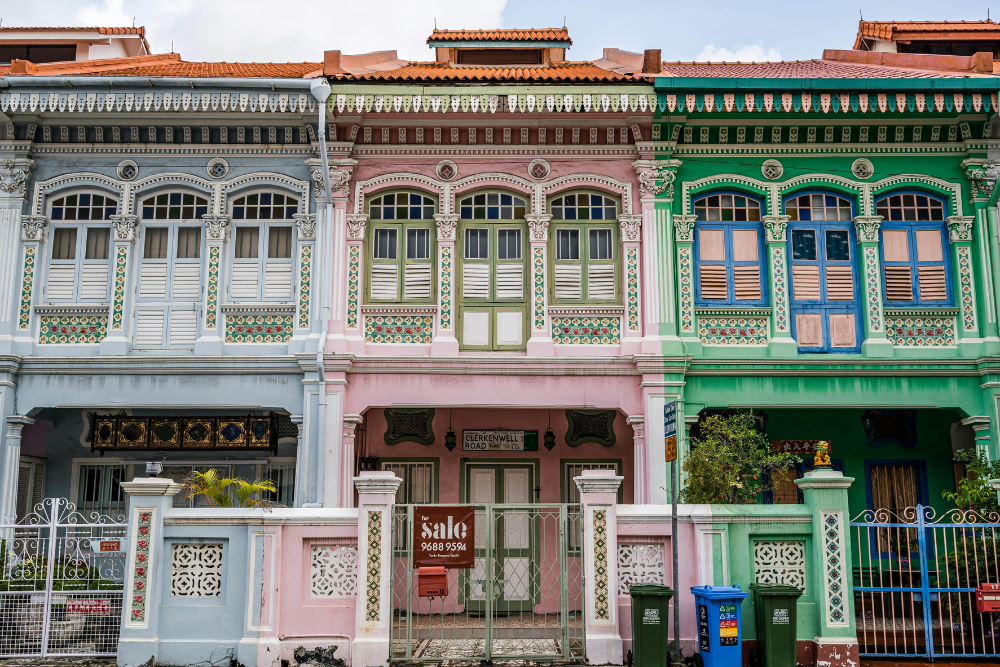Malaysia’s cultural landscape is a vibrant tapestry woven with influences from various ethnic groups and communities, each contributing to the country’s diverse heritage. Among the most fascinating and influential communities in Malaysia is the Peranakan, also known as the Straits Chinese. This community has a rich cultural identity, formed through the unique blending of Chinese and Malay traditions over centuries. The Peranakan are best known for their distinct language, art, fashion, food, and lifestyle, which reflect a fusion of their dual heritage.
In this article, we will take a deep dive into the captivating world of the Peranakan community in Malaysia, exploring their history, traditions, and contributions to the country’s cultural diversity.
Who Are the Peranakan?
The term “Peranakan” refers to the descendants of Chinese immigrants who came to the Malay Archipelago, including Malaysia, between the 15th and 17th centuries. These early Chinese traders, sailors, and settlers intermarried with the local Malay population, thus creating a unique ethnic group. The Peranakan people are often called Straits Chinese due to their settlement along the Straits of Malacca, an important trade route that connected China to Southeast Asia.
Over time, the Peranakan developed a distinct culture that incorporated elements of both Chinese and Malay heritage. The women of the community are called Baba-Nyonya (Baba refers to the men, while Nyonya refers to the women), and their way of life is a beautiful reflection of this cultural amalgamation.
Language: A Unique Fusion
One of the most noticeable features of the Peranakan culture is their language. The Peranakan people speak Baba Malay, a creole language that blends Malay with Chinese dialects such as Hokkien and Cantonese. Baba Malay is characterized by its distinct vocabulary and pronunciation, which incorporates elements from both Chinese and Malay.
For example, while many of the core words are derived from Malay, the Peranakan have their own unique expressions, idioms, and even Chinese words that are heavily influenced by their ancestral dialects. Over time, this language has become an essential part of the community’s identity, serving as a link between their Chinese heritage and their Malay surroundings.
Although Baba Malay is still spoken in some Peranakan households, the younger generation has increasingly shifted to speaking standard Malay or English, making Baba Malay a language at risk of disappearing. However, efforts to preserve the language continue through cultural initiatives and educational programs aimed at keeping this important part of their heritage alive.
Traditional Clothing: The Stunning Kebaya and Baju Panjang
One of the most iconic aspects of Peranakan culture is their traditional attire, which combines the elegance of Chinese silk garments with the graceful design of Malay clothing. The Kebaya (worn by Nyonya women) and Baju Panjang (worn by Baba men) are rich in symbolism and craftsmanship.
- Kebaya: The Nyonya’s kebaya is a figure-hugging blouse made from beautifully embroidered fabric, often paired with a batik sarong or skirt. The intricate beadwork and delicate needlework on the kebaya are a testament to the craftsmanship of the Peranakan women. The kebaya is worn with a samping, a piece of cloth wrapped around the waist, and is completed with perhiasan (decorative jewelry) like kerongsang (brooches) and tanjak (headpieces).
- Baju Panjang: The male equivalent of the kebaya is the Baju Panjang, a long tunic worn over a pair of pants. The Baju Panjang is often paired with a songkok (traditional Malay headgear) and an ikat kepala (headdress). The fabric used for these garments is often richly patterned silk or brocade, reflecting the affluence and cultural sophistication of the Peranakan community.
The beads and embroidery found in the clothing reflect the community’s artisan skills and attention to detail. In the past, the clothing was worn for everyday use, but today, it is often reserved for weddings, festivals, and other special occasions.
Cuisine: A Fusion of Flavors
One of the most beloved aspects of the Peranakan culture is its distinctive cuisine, which is often regarded as one of the finest in Southeast Asia. The cuisine is a fusion of Chinese cooking techniques with Malay ingredients, spices, and flavors. Peranakan food is known for being rich, flavorful, and spicy, often featuring a combination of sour, sweet, salty, and spicy elements.
Some of the most popular dishes of Peranakan cuisine include:
- Nasi Lemak: Although originally a Malay dish, the Peranakan version of nasi lemak is often more elaborate, served with additional side dishes like ayam pongteh (braised chicken) or sambal udang (spicy prawns).
- Ayam Buah Keluak: This signature dish is a Peranakan specialty, featuring chicken cooked with buah keluak (a type of nut) in a rich, dark gravy. The dish has a unique, earthy flavor that is beloved by many.
- Kueh: The Peranakan are known for their delicious sweets and snacks, such as kueh pie tee (crispy pastry shells filled with vegetables), ondeh-ondeh (sweet rice flour balls filled with palm sugar), and kueh lapis (layered cake).
The use of ingredients like turmeric, ginger, lemongrass, and belacan (fermented shrimp paste) creates a distinctive flavor profile that has become synonymous with Peranakan cooking. These dishes are often prepared for festive occasions like weddings and Chinese New Year, but they can also be enjoyed at Peranakan restaurants, many of which have become cultural landmarks in Malaysia.
Art and Craft: Exquisite Beadwork and Embroidery
The Peranakan community is renowned for its artistic craftsmanship, particularly in the areas of beadwork and embroidery. Nyonya women have historically been skilled in creating intricate, decorative items such as beaded slippers, clutches, and tablecloths. The beadwork, often made from tiny, colorful glass beads, is an intricate and labor-intensive art form that reflects the fine attention to detail that defines Peranakan culture.
Another prominent craft is batik and embroidery. Peranakan embroidery is often done on silk or cotton fabrics, and the patterns are vibrant and detailed. These embroidered textiles are used in everything from clothing to decorative pieces and are highly prized for their beauty and meticulous workmanship.
Architecture: The Peranakan House
The Peranakan house, also known as the Straits Chinese house, is a reflection of the community’s unique cultural blend. These houses are typically double-story buildings, with a shopfront on the ground floor and living quarters above. The architecture of Peranakan houses is influenced by both Chinese and Malay styles, featuring decorative tiles, carved wooden doors, and porcelain tiles that are often imported from China.
Inside, the houses are adorned with antique furniture, Chinese ceramics, and Malay textiles, creating a beautiful fusion of the two cultures. The courtyard is often an important feature, and the interior design emphasizes openness, airflow, and natural light.
In cities like Malacca and Penang, many well-preserved Peranakan houses are now open to the public as museums, offering visitors a glimpse into the opulent lifestyle of the Peranakan elite.
The Peranakan Legacy
Today, the Peranakan community continues to be an integral part of Malaysia’s rich cultural fabric. While the younger generation has increasingly adopted modern lifestyles, many still take pride in their heritage and continue to celebrate traditional festivals, such as the Peranakan Chinese New Year and the Peranakan weddings, which are lavish affairs filled with cultural rituals and customs.
The Peranakan’s contributions to Malaysian culture, particularly in terms of language, food, art, and architecture, have left an indelible mark on the country’s identity. As Malaysia becomes more globalized, the community’s rich traditions serve as a reminder of the importance of preserving cultural heritage.
Conclusion
The Peranakan community of Malaysia represents a beautiful blend of cultures, traditions, and histories. Their language, fashion, food, and arts continue to captivate and inspire Malaysians and visitors alike. From the colorful beadwork of Nyonya fashion to the tantalizing flavors of their cuisine, the Peranakan are a living testament to the beauty of cultural fusion. Whether you’re exploring the historic streets of Malacca or savoring Nyonya laksa at a local restaurant, the legacy of the Peranakan community offers a glimpse into the unique and harmonious cultural heritage of Malaysia.












